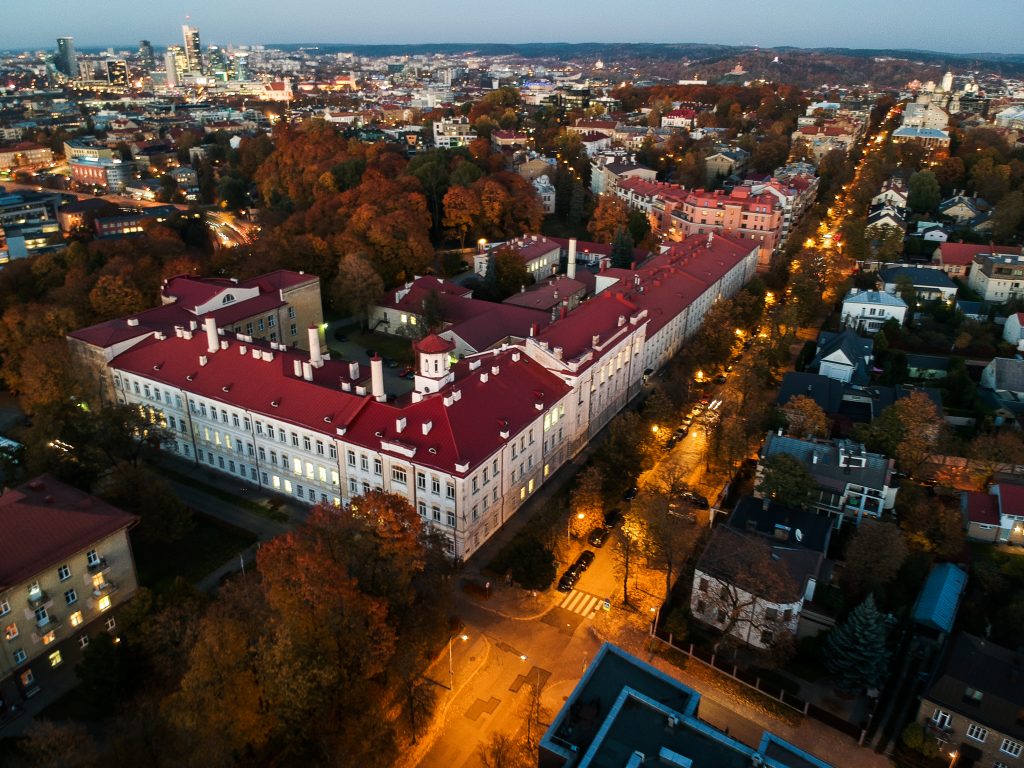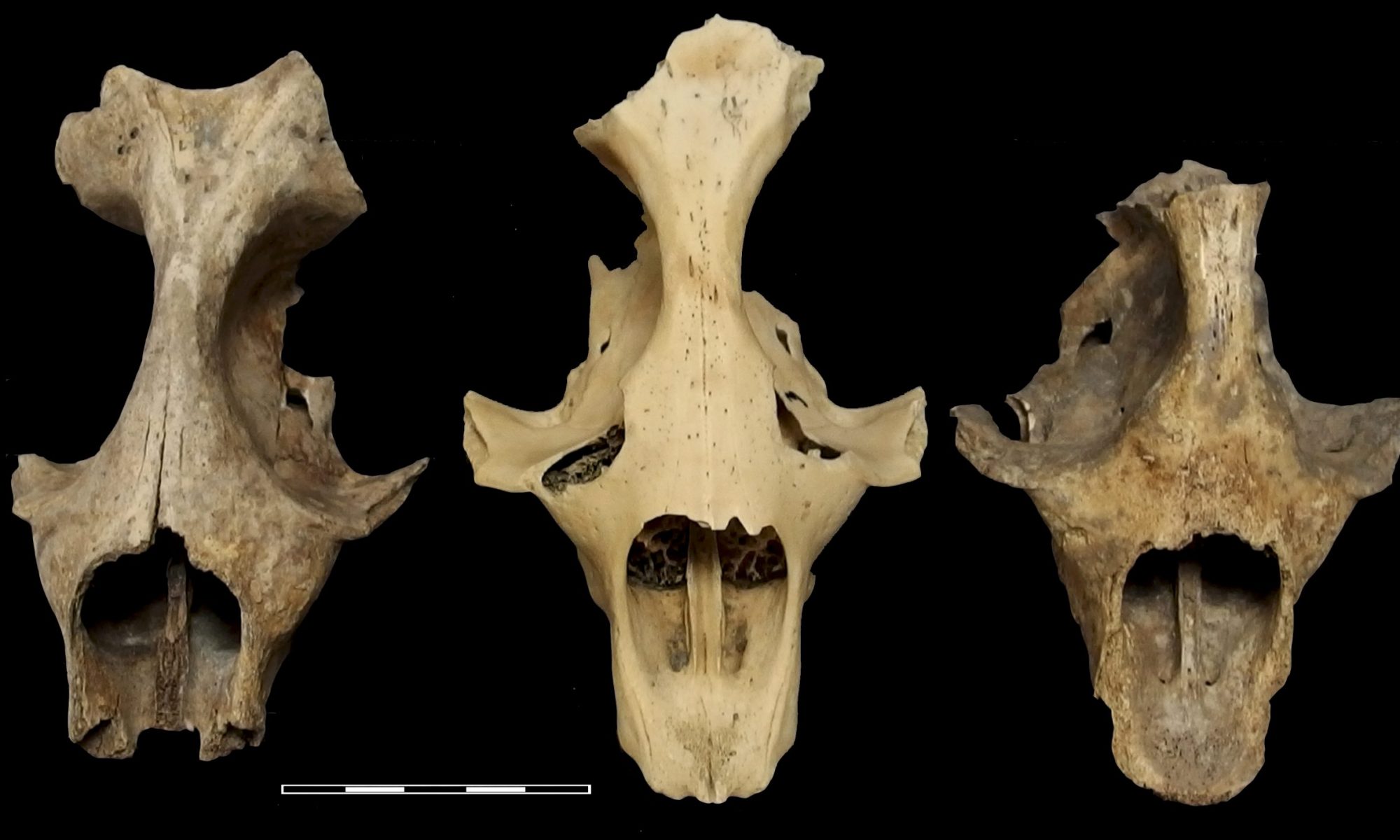The osteological collection of Vilnius University consists of human remains (anthropological material) and remains of fauna – mammals, birds, fish (zooarcheological material), collected during various researches of Lithuanian archeological sites.
Human and animal osteoarchaeological material are presented together on purpose. In the scientific classification, man (Homo sapiens L.) is a mammal of the vertebrate class (Mammalia), and its anatomical similarity to that of animals allows similar research methods to be applied. Human and animal bones are usually examined separately. However, modern bioarchaeological research methods, such as stable isotope, aDNA analysis, have shown that the study of animal bones of the relevant period or region is necessary to proper analysis of the peculiarities of human diet, lifestyle and migrations. Therefore, for the convenience of researchers, this website provides information on the collection of both human remains and animal bones stored at Vilnius University.
The anthropological part of the collection is kept at the Department of Anatomy, Histology and Anthropology of the Faculty of Medicine. The collection currently consists of the remains of more than 9 000 individuals dating back to the Mesolithic to Late Modern Times. Beginning with more or less sporadic collection of skulls and long bones in the end of the 19th century, it is now considered a valuable scientific collection of human bones, representing not only Lithuania but also the Baltic region in Europe.
Zooarchaeological material is stored in the repository of the Zooarchaeology Laboratory of the Bioarchaeology Center of the Faculty of History. This part of the collection consists of about 6 000 kg of various animal bones dating from the Mesolithic to Late Modern Times. It also preserves extremely valuable material from Bronze Age settlements (Kretuonas, Žemaitiškės, Turlojiškės, Luokesai), as well as unique horse burials found in Kernavė, Medininkai, Trakai castles, Marvelė and Masteikiai archaeological sites.
In 2018-2020, the osteological collection was reinventoried, systematized, sex and age diagnostics adjusted according to the latest methodologies, and preservation state recorded. The project was funded by the Lithuanian Science Council (S-LIP-18-50). Updated data are stored in specially created digital anthropological and zooarchaeological databases.
Those who are interested in the VU osteological collection and the research possibilities of the material stored in it are invited to contact us via official email osteo@mf.vu.lt.

